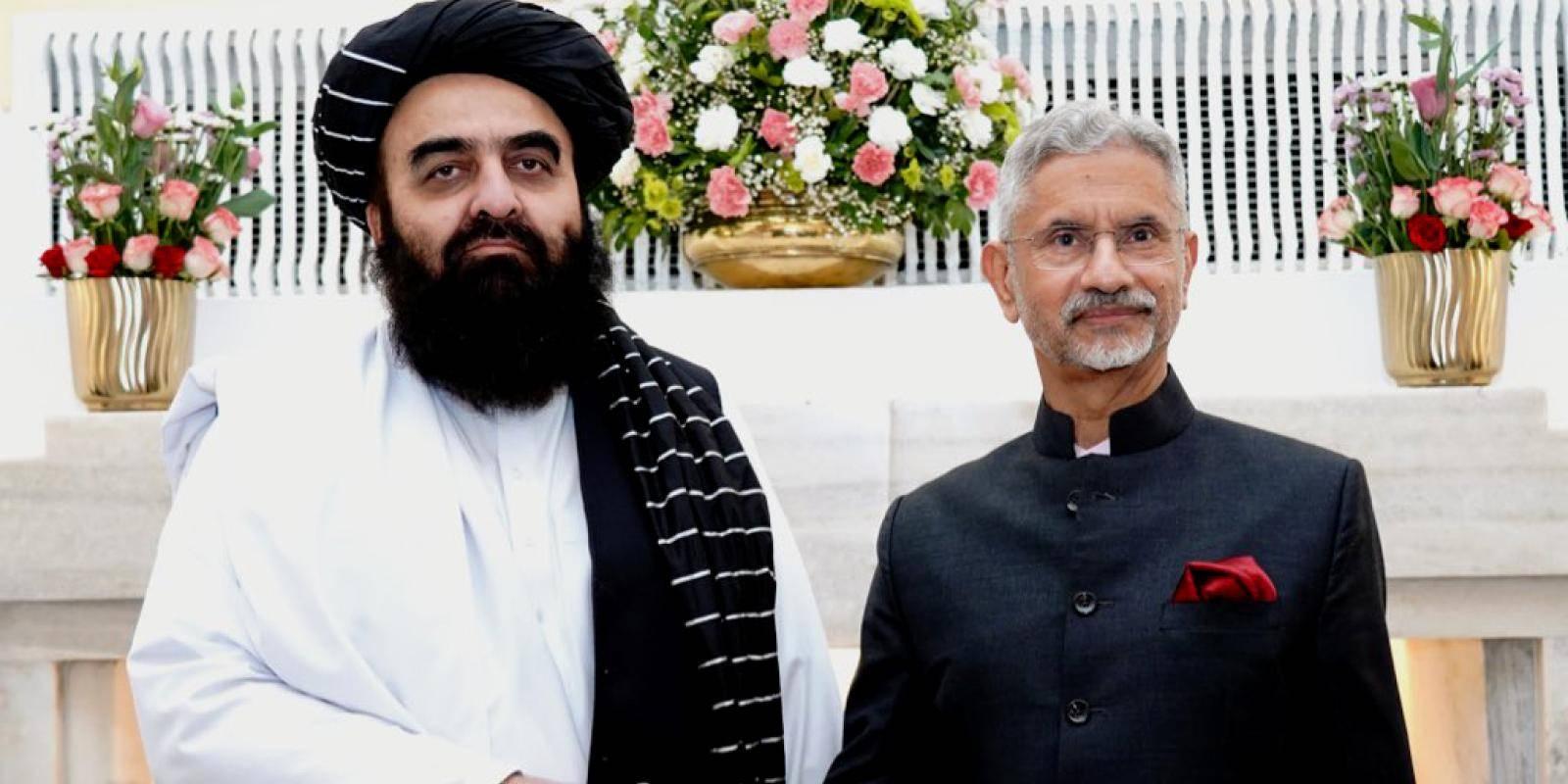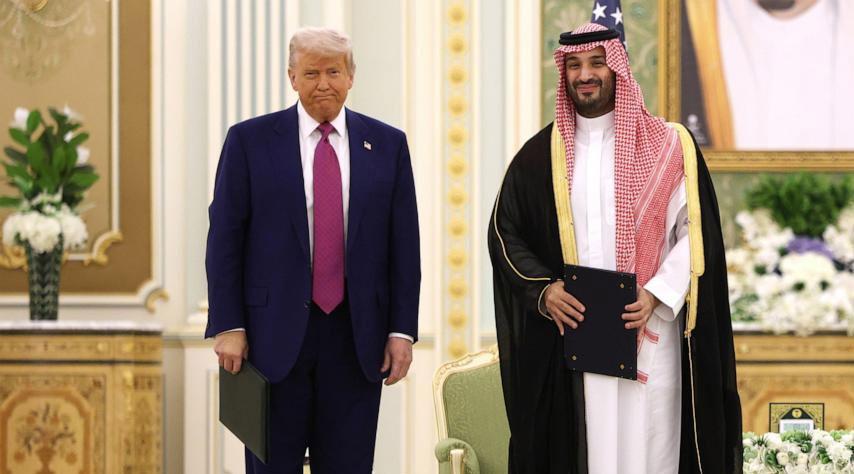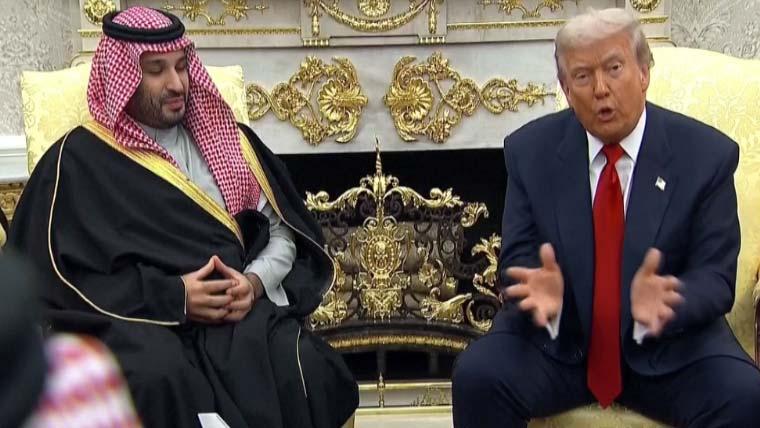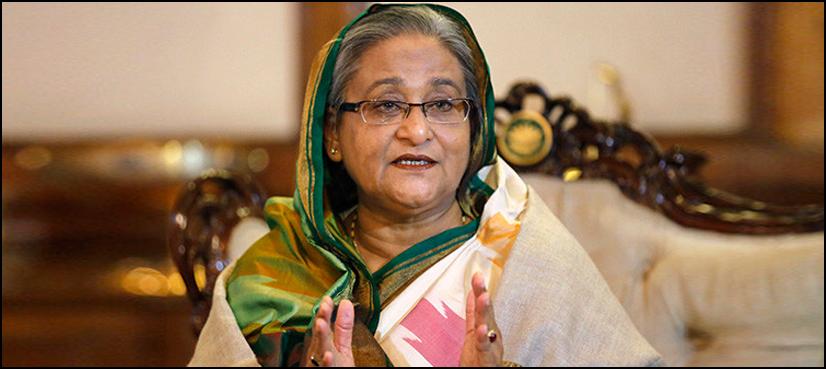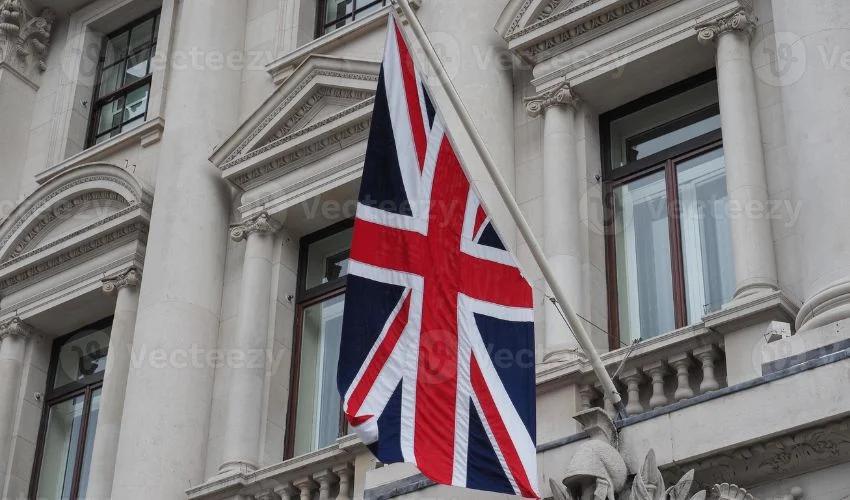Vaccine inequity and lack of fiscal support leading to poverty, unrest and geopolitical tensions: IMF
The International Monetary Fund (IMF) Tuesday warned that despite global economic recovery, a gap is widening between advanced economies and many emerging market and developing economies, thanks to vaccine inequity and a lack of fiscal support.

While the latest update to the IMF’s World Economic Outlook sees the global economy still growing 6 percent this year – unchanged from its April estimate – Chief Economist Gita Gopinath noted that the composition of the recovery continues to change.
“The recovery is not assured until the pandemic is beaten back globally,” Gopinath told reporters during a virtual press conference as she presented the latest outlook titled Fault Lines Widen in the Global Economy.
The IMF sees global growth decelerating to 4.9 percent next year. Advanced economies are expected to achieve 4.4 percent growth in 2022 – down from 5.6 percent in 2021 – while growth in emerging and developing economies is seen slowing to 5.2 percent in 2022 from an expected rebound 6.3 percent in 2021.
Rich, emerging and developing nations all took an economic beating last year when the coronavirus pandemic forced governments to close borders, shut businesses and idle manufacturing hubs worldwide.
As countries rolled back COVID restrictions this year, growth forecasts jumped as people emerged from lockdowns and unleashed pent-up demand for products and services. That demand surge though is expected to moderate next year.
Developed economies armed and shielded with a healthy supply of COVID-19 vaccines and fiscal firepower have managed to open up businesses and resume operations. But the emergence of new COVID variants and infection spikes laces uncertainty into the recovery path.
Growth in the US, the world’s largest economy, is seen slowing to 4.9 percent in 2022 after a bounce back of 7.0 percent expected this year. Europe is also expected to slow to 4.3 percent in 2022 from 4.6 in 2021.
Growth in the Middle East and Central Asia is expected to decelerate to 3.7 percent next year from 4.0 in 2021, while emerging and developing Asian economies are expected to dip more than a point from 7.5 in 2021 to 6.4 in 2022.
Latin America and the Caribbean are forecast to experience the sharpest fall from 5.8 percent in 2021 to 3.2 in 2022 after plummeting 7.0 in 2020.
Sub-Saharan Africa is the only region that is expected to see growth climb – from 3.4 in 2021 to 4.1 percent in 2022.
Vaccines and trillions in fiscal support
Vaccine inequality is seen as a chief driver of the widening gulf between recoveries in developed and less developed economies.
Close to 40 percent of people in advanced economies have been fully vaccinated compared with only 11 percent in emerging market economies and a tiny fraction in low-income developing countries.
Fresh waves of COVID-19 cases this year, notably in India are a major source of the deepening inequality between rich and poor nations.
“The emergence of highly infectious virus variants could derail the recovery and wipe out four and a half trillion dollars cumulatively from global GDP by 2025,” Gopinath warned.
To make matters worse, poor countries and even emerging markets lack access to the funds necessary to jolt economies back to health. Advanced economies, on the other hand, passed $4.6 trillion in fiscal support for 2021 and beyond. In developing economies, most measures expired last year.
And some emerging markets like Brazil, Hungary, Mexico, Russia and Turkey have also started raising interest rates to contain soaring inflation triggered by supply chain bottlenecks as economies reopen. Higher interest rates cool economic growth.
“A worsening pandemic and tightening financial conditions would inflict a double blow to emerging markets and developing economies and severely set back their recoveries,” Gopinath warned.
Inflation and action
The IMF forecasts inflation to remain elevated next year. In emerging markets and developing economies food price pressures and currency depreciation will continue to create yet another worrying disparity in economic recovery.
Major central banks must clearly communicate their outlook for monetary policy and ensure that inflation fears do not trigger rapid tightening of financial conditions, the IMF stressed.
A significant portion of the “abnormally high inflation” readings is transitory, resulting from the pandemic’s hit to vital parts of the economy such as travel and hospitality, and from a comparison with last year’s abnormally low readings, Gopinath said.
The Fund’s proposal to end the pandemic, endorsed by the World Health Organization, the World Bank, and the World Trade Organization, sets a goal of vaccinating at least 40 percent of all people in every country by the end of 2021 and 60 percent by the middle of 2022.
The IMF urges at least 1 billion vaccine doses to be shared in 2021 by countries with more than enough of them and calls on manufacturers to prioritise deliveries to low and lower-middle-income countries.
The fund said its allocation of some $650bn worth of its reserve currency, known as Special Drawing Rights, should be completed quickly to help countries in need fund their spending needs. Greater action is also needed to ensure the G-20 successfully delivers on debt restructuring for countries where debt has ballooned and become unsustainable, said the IMF.
Gopinath further urged countries to focus more on reducing carbon emissions and slowing the rise in global temperatures to avoid yet another human and financial catastrophe. As it stands now, only 18 percent of recovery spending has been on low carbon activities.
SOURCE: AL JAZEERA

Here are 25 of our favorite outdoorsy deals from REI’s massive Holiday Sale
- 2 گھنٹے قبل

Game blouses: Bears use 'Chappelle's Show' Prince bit to troll Vikings, top Week 11's petty posts
- 10 گھنٹے قبل

Fortnite is coming to the Xbox PC store
- 2 گھنٹے قبل

How LimeWire ended the Napster music revolution
- 2 گھنٹے قبل

Valve made Microsoft’s dream console
- 2 گھنٹے قبل

The Asus Falcata is an ambitious split ergo gaming keyboard that falls short
- 2 گھنٹے قبل

Jets' Boyd in critical condition after being shot
- 10 گھنٹے قبل

Grant breezes to 2nd LPGA title at The Annika
- 10 گھنٹے قبل

You can now buy pre-owned Ford vehicles on Amazon
- 2 گھنٹے قبل

Stereogum soldiers on in the era of streaming and AI
- 2 گھنٹے قبل

The SEC offered a dose of playoff football in Week 12
- 10 گھنٹے قبل

Buy now, pay later is more dangerous than ever
- 9 گھنٹے قبل

